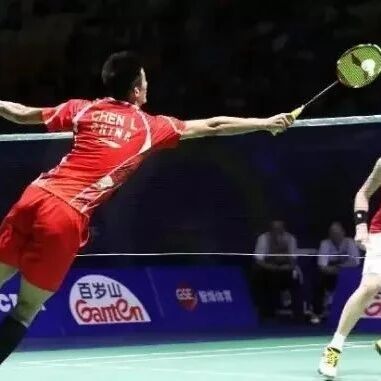Why do blisters form on the soles of your feet when playing badminton? 90% of cases are linked to these 3 reasons.
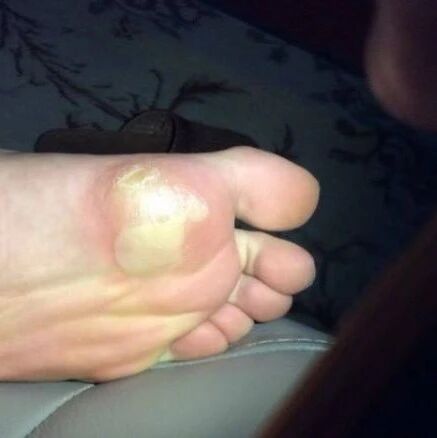

Many fellow players have experienced blisters on the soles of their feet—truly a painful ordeal. Not only do burst blisters hurt, but they also come with the worry of infection. So, what exactly causes foot blisters in the first place? Is it because the shoes are too tight? Or perhaps the socks are too thin? Maybe it’s our movements that aren’t quite right?
When it comes to blisters caused by exercise, they typically appear only on areas with thicker, more resilient skin—like the soles of the feet and the palms of the hands—where repeated friction can build up. In contrast, other parts of the body have thinner skin that tends to break easily upon even minor friction.
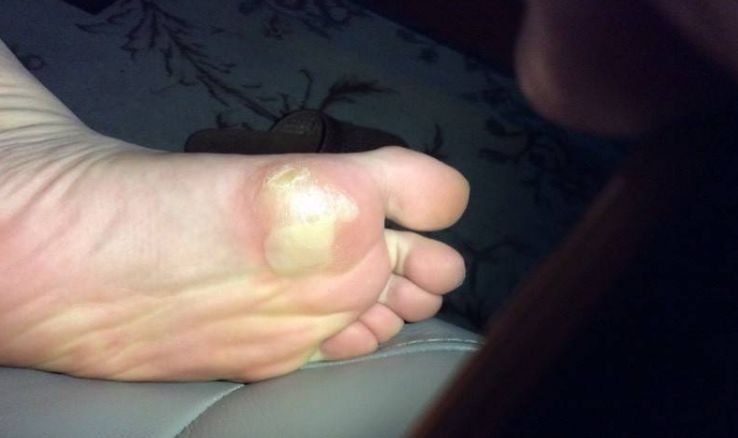
Playing badminton involves a lot of running, with sudden stops and sharp turns happening all the time—so foot friction is extremely high. On top of that, sweating during exercise keeps your feet damp, softening the skin on the soles. When the soles bear prolonged pressure and continuous friction, it triggers localized fluid leakage, ultimately leading to the formation of blisters.
From the discussion above about the causes of blisters on the soles of the feet, we can identify the key factors that lead to blistering: moist feet and excessive friction. Therefore, the likely reasons are as follows:
If shoes are too tight, they put significant pressure on the soles of your feet when you walk or start moving. Conversely, if shoes are too loose, there’s more friction between your foot and the shoe during exercise. Either way—whether the shoes are too tight or too loose—can lead to blisters forming on the soles of your feet.
Shoes that aren’t breathable can also cause sweaty feet, making the skin on the soles soft and prone to blisters when rubbed.
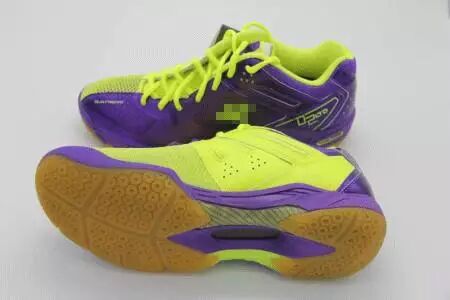
Countermeasure:Shoes should fit well and be breathable. For new shoes, start with low-intensity training to allow your feet to adjust—never jump straight into high-intensity workouts or competitions if you’re not yet comfortable in them.
Some socks, after being worn for a long time and washed frequently, become stiff. As a result, they don’t fit snugly against your feet and tend to rub against the soles, often leading to blisters.
Breathable, sweat-wicking socks prevent excessive moisture buildup on the soles of your feet, reducing the risk of slipping and minimizing the chances of blisters forming.
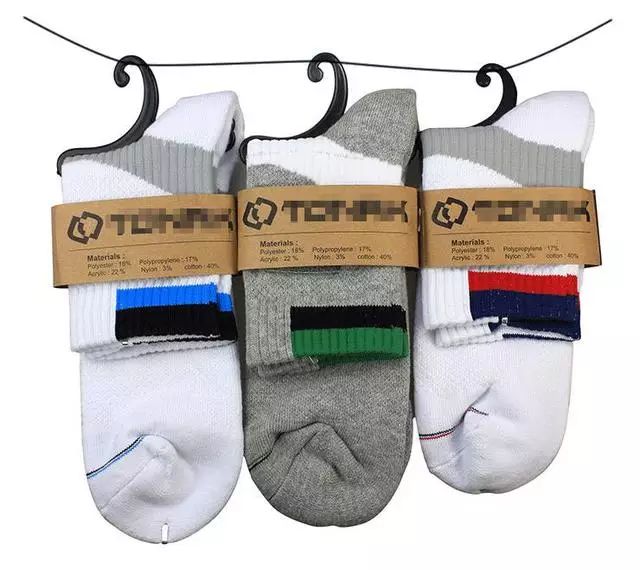
Countermeasure:Choose thick, highly absorbent athletic socks, and don’t hesitate to replace them after wearing them for a while.
Improper badminton footwork can lead to unnecessary, erratic stops that increase friction on your feet. For example, when performing an abrupt stop while moving forward, avoid landing first on the balls of your feet—instead, land heel-first and then gently press down with the forefoot.
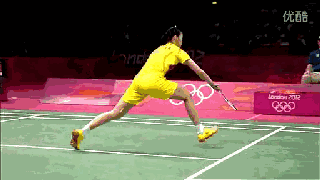
Countermeasure:Pay attention to the proper technique of badminton footwork.
Blisters have formed on the soles of my feet—small though they are, the resulting pain significantly hampers my ability to move. And if a larger blister bursts, there’s even a risk of infection.
For very small blisters, they usually disappear on their own after you stop the activity—no treatment is necessary. As for larger blisters, you can carefully prick them with a needle to drain the fluid, but **never** use scissors to cut the skin.
Bubble treatment method:First, disinfect the blistered area with povidone-iodine (also known as iodine tincture). Next, carefully prick a small hole at the edge of the blister using a sterilized injection needle (or a disposable needle). Gently press a dry cotton swab against the blister to squeeze out the fluid, then disinfect the area again with povidone-iodine. Finally, apply a bandage to cover the spot.
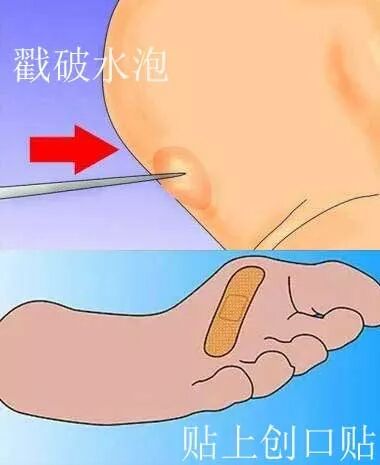
Note: Do not cut the skin. Use povidone-iodine instead of iodine tincture, as iodine tincture is more irritating and may cause greater pain.
Finally, I’d like to say: just remember to play more often. Gradually increasing your exercise duration allows your skin to slowly adjust to the friction generated during activity, giving it enough time to develop protective calluses—great for preventing blisters on the soles of your feet.
More article recommendations:
Cleverly read your opponent's positioning—and respond with effortless grace!
Related Articles
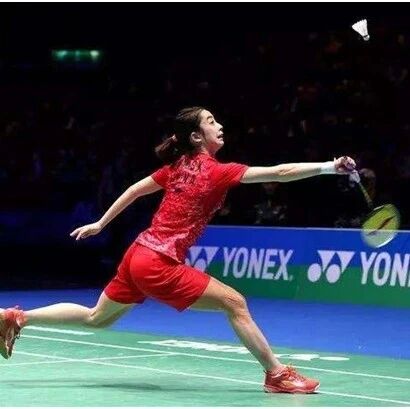
Cleverly read your opponent's positioning—and respond with effortless grace!
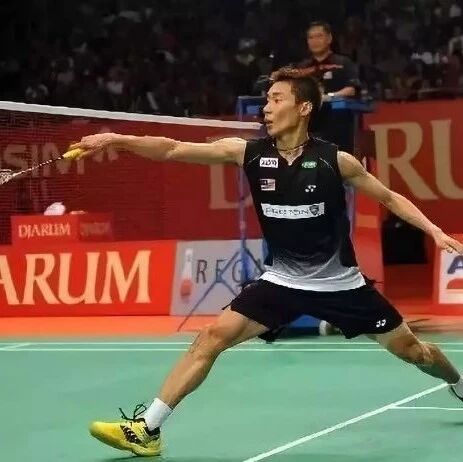
5 Common Bad Habits in Shuttlecock Netting—Correct Them Early, and You’ll Become a Pro Faster
